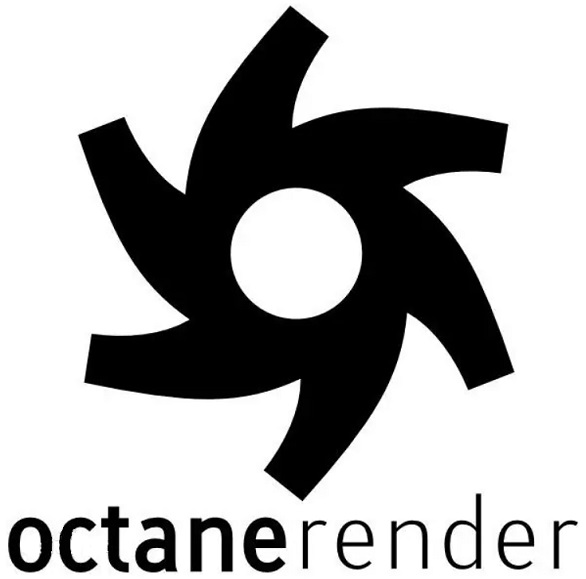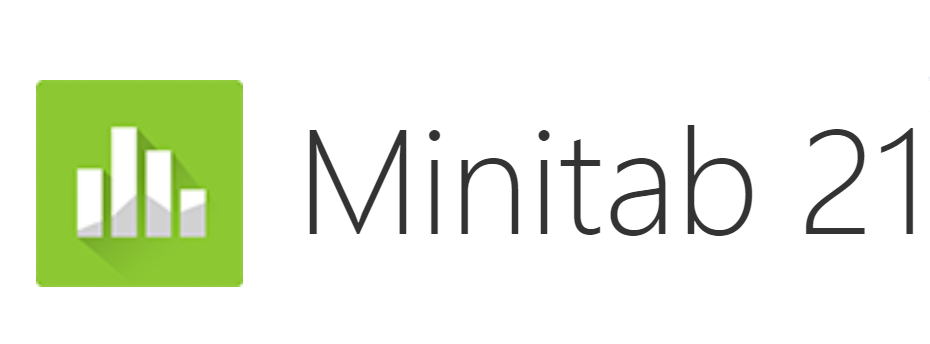Introduction

Adobe Audit (formerly known as Cool Edit Pro) is a professional audio editing and mixing environment developed by Adobe Corporation. Audit is designed specifically for audio and video professionals working in studios, broadcasting equipment, and post production equipment, providing advanced audio mixing, editing, control, and effect processing functions.
Mix up to 128 channels, edit a single audio file, create a loop, and use more than 45 digital signal processing effects. Audit is a comprehensive multi-channel recording studio that provides flexible workflows and is easy to use.

Major function
Whether it's recording music, radio broadcasts, or dubbing videos, the right tools in Audit provide you with ample motivation to create the highest possible quality rich and subtle sound. It is an updated and enhanced version of Cool Edit Pro 2.1. This localization program has achieved a 98% degree of information localization.
Adobe Audit v1.5 is an upgrade to COOLEDIT Pro. The company that produced COOLEDIT sold it to ADOBE two years ago (the famous Photoshop is from ADOBE), and the famous audio editing software COOLEDIT PRO 2.1 was subsequently renamed Adobe Audit v1.0. This version is the first major upgrade to this software since ADOBE took over, adding some features that are worth paying attention to.
Adobe Audition1.5 software provides a professional audio editing environment. Adobe Audit is designed specifically for audio and video professionals, providing advanced audio mixing, editing, and effects processing capabilities. Adobe Audit has a flexible workflow, is very simple to use, and is equipped with excellent tools to produce the highest quality sound with full and meticulous sound quality.
Adobe Audit 3.0 has long been available, meeting the needs of your personal recording studio: with this software, you can record, mix, edit, and control audio at unprecedented speed and control. Create music, record and mix projects, create broadcast points, organize movie production audio, or design sounds for video games. The flexible and powerful tools in Adobe Audit 3 are exactly what you need to complete your work. Improved multi track editing, new effects, enhanced noise reduction and phase correction tools, and VSTi virtual instrument support are just some of the new features in Adobe Audit 3, providing outstanding power, control, productivity, and flexibility for all your audio projects.

Audit CS6 can also be used in conjunction with Premiere Pro CS5 to edit audio. In fact, since CS5, the MIDI sequencer function has been removed, and the Apple platform MAC version has also been introduced, which can import and export audio projects with the PC platform. Compared to the CS5 version, CS6 also improves various audio encoding format interfaces, For example, it already supports the import and export of FLAC and APE lossless audio formats, as well as the rendering of related engineering files (although APE import still has bugs and the possibility of crashes). The new version of CS6 also supports plug-ins in the VST3 format. Compared with VST2, CS6 adds support for VST3 to better classify and manage Effects unit plug-in types and unified VST paths. For example, the plug-in package of CS6 calling waves is no longer a series of menus lined up by hundreds of Effects unit, which makes it difficult to find one plug-in. Instead, it automatically classifies submenus for management according to dynamic, balanced, reverberant, delay and other categories. Other new features of CS6, such as automatic pitch recognition, high-definition video support, more complete automation, etc., can be seen and introduced on the software official website.
Audit CS6 does not have an official Simplified Chinese version, but it has already been translated into Chinese.
In 2013, Adobe changed the version series to CC, which has five versions: CC, CC 2014, CC 2015, CC 2017, and CC 2018
The latest version of Adobe Audit is Adobe Audit CC 2020 [1]. The CC series installation packages are all built-in with Simplified Chinese language, but the official website of Jianzhong is not updated, while the CC series only has updates on the official website of Fanzhong.

system requirements
Windows

macOS

New function
The new features of CC include:
Sound removal effect
Use the new "Sound Removal" effect ("Effects" "Noise Reduction/Recovery") to remove unwanted audio sources from the recording. This effect analyzes the selected part of the recording and generates a sound model. The generated model can also be modified using parameters that represent its complexity. High complexity sound models require more improvements in the number of passes to handle recording, but will provide more accurate results. You can also save the sound model for future use. It also includes some commonly used presets to best handle sound, such as alarms and ringing phones.
Click/burst canceller effect
The use of click/pop canceller effects ("Effects" and "Noise Reduction/Recovery") can remove microphone popping, slight hissing, and crackling sounds. This noise is common in recordings such as old-fashioned Phonograph record and live recordings. The 'Effects' dialog box remains open, allowing you to adjust the selection and fix multiple clicks without having to reopen the effects multiple times.

Generate noise
Generating noise can be used by selecting "Effects", "Generate", and "Noise" from the application menu. You can generate random noise of various colors (white, pink, brown, and gray). You can modify the parameters of noise, such as style, delay time, intensity, duration, and DC offset. The power Spectral density of the noise is displayed as a preview. If there is a selection on the timeline, the newly added noise will replace or overlap the selected audio. The multi track view also supports generating noise functions. Moreover, noise will be automatically inserted into the audio track after generation.
ITU Loudness Meter
Adobe Audit currently has an integrated custom version with the "TC Electronic Loudness Detector" enhancement tool. It can be used in both waveform and multi track views, providing you with information about peak, average, and range levels. The 'radar' scanning view is also available, providing an excellent view of the variation of loudness over time. Select Effects>Special>Loudness Detector.
Scientific filter effect
Scientific filter effects ("effects", "filtering and equalization") are provided as real-time effects in Audit. Use this effect to perform advanced operations on audio. You can also view the effects of various resources in the waveform editor from the "Effects Group", or view the effects of audio tracks and clips in the "Multi Track Editor".
Stereo Extender Effect
Use a new stereo extender ("Effects", "Stereo Image", "Stereo Extender") to locate and expand stereo images. You can also combine it with other effects in the effect group. In a multi track view, you can also change the effect over time by using automated channels.
Tuner effect
The use of tone sandhi effects ("Effects", "Time and Tone sandhi", "Tone sandhi") can change the rhythm over time to change the tone. This effect uses keyframe editing envelopes that span the entire waveform, similar to the fade envelope and gain envelope effects.

Pitch shifter effect
Use the pitch shifter effect ("Effects", "Time and Pitch", "Pitch Shifter") to change the tone of the music. It is a real-time effect that can be combined with other effects in the masterband processing group or effect group. In the multi track view, you can also use automated channels to change the tone over time.
New onboard experience
The new onboard experience provides new users with a series of guidance and solutions for common tasks, such as reducing background noise, mixing audio elements, or creating simple podcasts.
If you are using Audit CC for the first time, these guidelines will help you easily navigate core functions. The application provides tutorial tags and concise tutorials that allow you to start using Audit and successfully perform certain critical tasks without leaving the native environment.
Other Enhancements
We have made minor changes to the layout to make the functionality more intuitive to use.
To close all open 'Effects' dialog boxes, select' View 'and' Hide All Combined Effects Windows'. You can also press Shift+Ctrl+H (Windows) or Shift+Command+H (Mac OS).
64 bit architecture
My Favorite Actions for Editing









